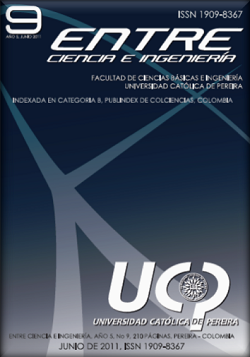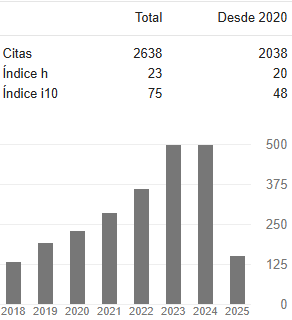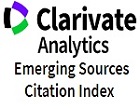Use of Virtual Laboratories on the Physics Teaching and Learning Process
DOI:
https://doi.org/10.31908/19098367.694Keywords:
Virtual lab, Adobe Flash Player 10, learning process.Abstract
The influence that can have the use of virtual laboratories on the engineering students’ physics learning is analyzed. The virtual laboratory used in this study was developed by Systems Engineering students from Universidad La Gran Colombia, using animation software Adobe Flash Player 10. In its first stage, the laboratory has parabolic motion simulation. The grades between the students who use the virtual lab and who don’t are analyzed and compared. The virtual laboratory is based on the idea of learning by exploring.
Downloads
References
Alejandro C. A., Perdomo J. M. (2009). “Aproximando el laboratorio virtual de Física General al laboratorio real”. Revista Iberoamericana de Educación. No. 48. pp 1-7.
Amaya, G. (2009). Laboratorios reales versus laboratorios virtuales, en la enseñanza de la física. El hombre y la máquina, Vol. XXI, Núm. 33, pp. 82-95
Andrade, F. R. (2010). “Experiencia piloto: Enseñanza de las fuerzas en física general”. Revista de Ciencia Tecnología y Medio ambiente. Vol. VIII. Separata.
Guisasola, J. y Pérez de Eulate, M. L. (2001). Investigaciones en didáctica de las ciencias experimentales basadas en el modelo enseñanza-aprendizaje como investigación orientada. (1ed.) Barcelona: Servicio editorial de la Universidad del País Vasco.
Li, L., Zhong, Y., y Zhong, S. (2010). “Research on the Design and Development of a Web-based Physics Virtual Lab for Junior High Schools”. 2nd International Conference on Education Technology and Computer (ICETC). Vol 1. pp 484-489.
Lorandi A. P. et al. (2011). “Los Laboratorios Virtuales y Laboratorios Remotos en la Enseñanza de la Ingeniería”. Revista internacional de educación en Ingeniería. Vol 4. pp 24-30.
Redish, E. F. y Ridgen J. (1997). “The Changing rol of physics departments in modern universities”. International conference on undergraduate physics education. New York: Springer-Verlag. pp.1019-1036.
Tiberghien, A., Leonard, E., y Barojas, J. (1998). “Connecting research in physics education with teacher education”. International Commission on Physics Education. ICPE Book.
Downloads
Published
Issue
Section
License
Copyright (c) 2019 Entre ciencia e ingeniería

This work is licensed under a Creative Commons Attribution-NonCommercial 4.0 International License.



















